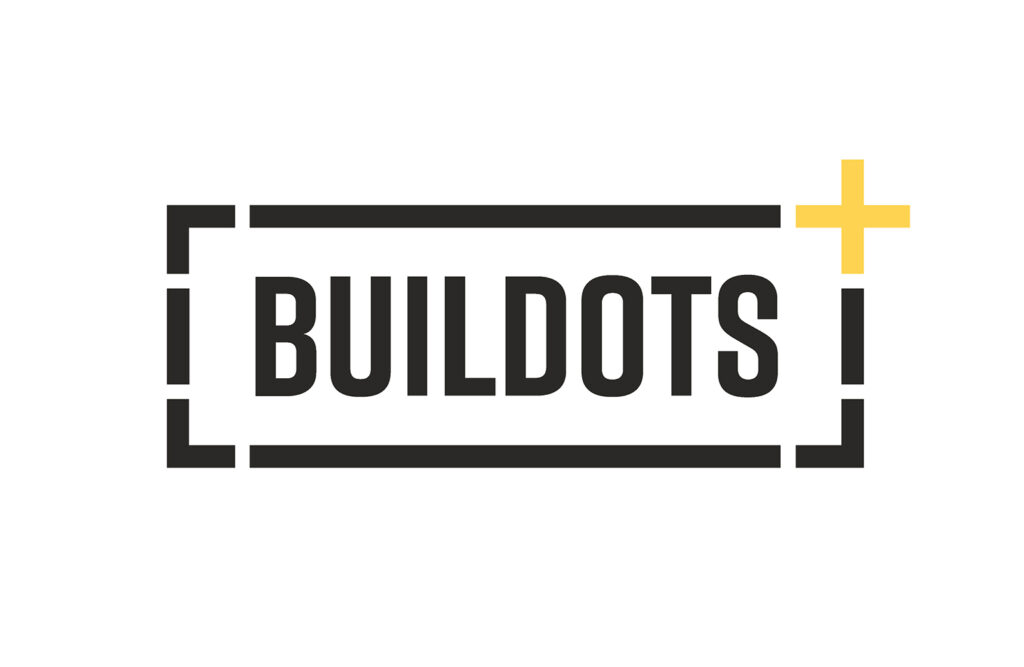
Accelerating Innovation: The Ultra Ethernet Consortium (UEC) and its Impact on AI and HPC Networking Start-ups
Back in 2017, I wrote a short blog outlining the three criteria for success of an open source networking project. This came on the back of having contributed time to OSM, ODL, and a variety of other generally networking-related projects. Now, a new networking project, the Ultra Ethernet Consortium (UEC), is making waves in the industry. With the introduction of next-generation compute workloads, platform teams are under significant pressure to keep up with evolving infrastructure requirements. At their foundation, Artificial Intelligence (AI) and High-Performance Computing (HPC) need unprecedented speed, tail-latency, bandwidth, and, importantly, a broad ecosystem of vendors to fiercely compete on these vectors to deliver on the needs of their workloads. UEC is positioned to directly address these new requirements.
The announcement in late November that UEC added 27 new members – including two Intel Capital portfolio companies, Xsight Labs and Cornelis Networks, that both deliver unique innovation into the dynamic landscape of networking for AI and HPC – made me reflect on the impact this new initiative will have on the start-up community.
I have come to believe that as the UEC emerges as a critical player in driving innovation and fostering collaboration among a broad range of global industry leaders, start-ups in the AI and HPC networking space stand to benefit immensely from the consortium’s initiatives. This will create a ripple effect beyond the boundaries of traditional Ethernet networking and custom-built HPC and AI fabrics. Will the project unlock incremental capital expenditure spend? Definitely! Will it deliver lower total cost ownership? Quite possibly: new providers of innovation generally lead to lower costs to procure and operate networking equipment.
So while the UEC is setting itself up (its initial White Paper is a worthwhile read) as a nexus for cutting-edge research, development, and standardization of ultra-high-speed Ethernet technologies, the governance model provides economic opportunity for all members. This is critical and a major incentive for start-ups looking to monetize the demand for faster and more efficient networking solutions in the AI and HPC realms. And this needs to go both ways, structurally all collaborative efforts in networking have only ever been successful when they offered a unique platform to both access and contribute to advancements that can redefine the boundaries of what’s possible.
Another key advantage for start-ups engaging with the UEC is the opportunity for collaboration. The consortium brings together a diverse array of industry experts, researchers, and innovators, fostering an environment where ideas can flourish. Start-ups can tap into a wealth of knowledge, resources, and expertise, enabling them to accelerate their development cycles and bring groundbreaking solutions to market faster than ever before.
To effectively keep pace with the increasing demands on compute, particularly driven by the exponential growth in the size of foundational models, advanced networking technologies play pivotal roles in ensuring seamless processing. The UEC’s focus on ultra-high-speed Ethernet aligns seamlessly with these new demands placed on next-generation genAI and HPC applications. These domains require rapid data transfer, low latency, and high bandwidth – qualities that traditional Ethernet networking solutions have often struggled to provide. By championing the development of a next generation of Ethernet technologies that can meet and exceed these demands, the UEC empowers start-ups to build robust, scalable, and future-proof networking solutions that are attractive to Fortune 500 buyers and, therefore, investors such as Intel Capital.
Furthermore, the UEC's commitment to establishing industry standards ensures interoperability and compatibility, eliminating potential bottlenecks and deployment delays for start-ups. This standardization not only streamlines the development process but also enhances the overall reliability and performance of networking solutions, a crucial factor in the success of AI and HPC applications.
Of course, it is early days, but I am seeing increasing signs that the UEC emerges as a linchpin for start-ups navigating the complex landscape of AI and HPC networking while optimizing for TCO. By providing a collaborative platform, driving technological advancements, and championing industry standards, the UEC empowers start-ups to push the boundaries of innovation and contribute meaningfully to the evolution of ultra-high-speed Ethernet technologies. Engaging with the consortium is not merely an option for start-ups; it is a strategic imperative for those aiming to thrive in the fast-paced and competitive landscape of AI and HPC networking.




